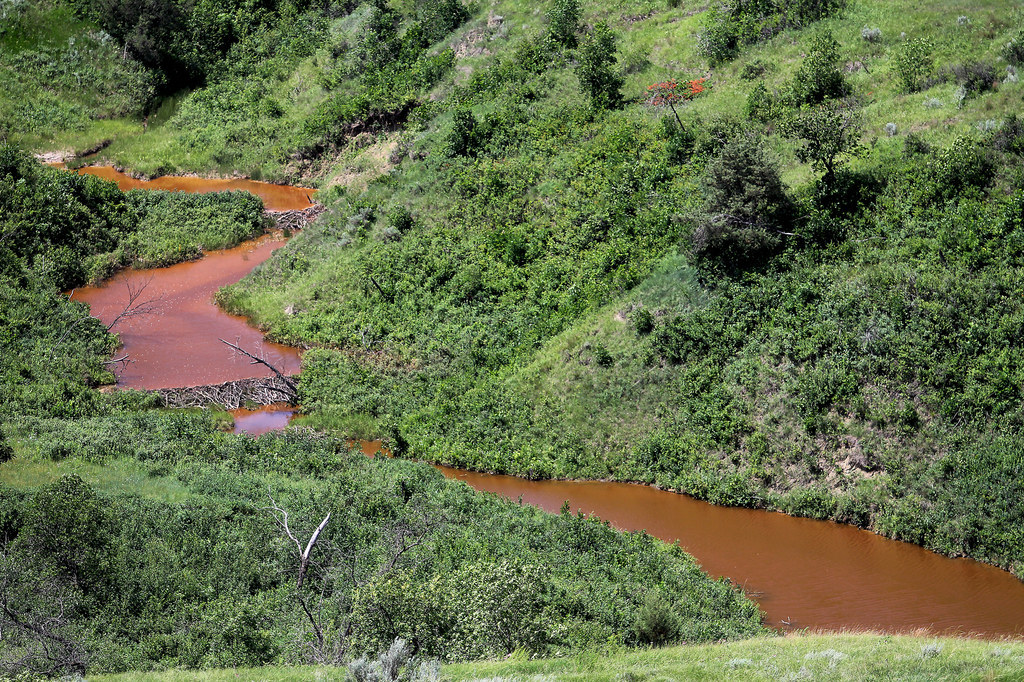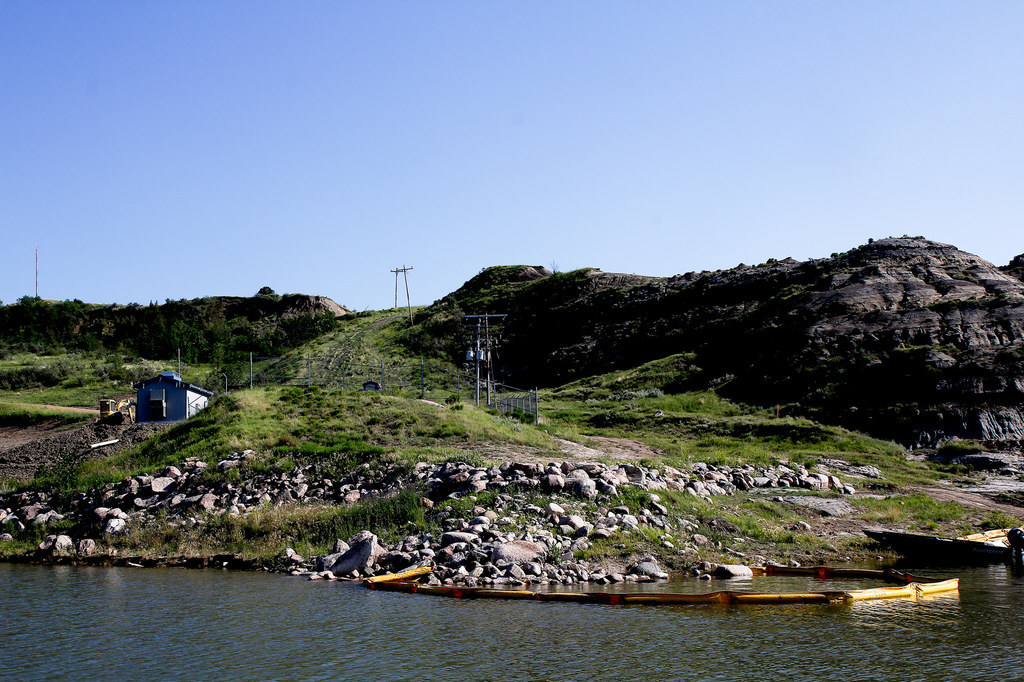
What happened in the North Dakota spill?
Nearly 3 millions gallons of brine from oil drilling was leaked in North Dakota, an official said Wednesday. Brine is an unwanted byproduct of oil that is saltier than ocean water and often contains residue from petroleum.
Operators of the pipeline, Summit Midwestern partners LLC, said they detected the leak on Jan. 6 outside of the town Williston. Officials said they weren't aware of the full size of the spill until Tuesday.
It is not clear exactly when the leak started or what caused the initial rupture. The portion of damaged pipeline has been sent to a lab to determine what happened.
The leak reached at least two waterways: Blacktail Creek and Little Muddy Creek.

What are the impacts?
Two creeks have been impacted by the brine, which may have also reached the Missouri River.
The full environmental effect might not be clear for months because it is difficult to measure until the ice melts, Dave Glatt, chief of environmental health at North Dakota's Department of Health, told the Associated Press.
"This is not something we want to happen in North Dakota," Glatt said.
Currently, the spill is not threatening drinking water. Glatt said some farmers have requested their livestock be kept away from the two creeks.

How will cleanup efforts be conducted?
Cleanup efforts have already begun, but it is still unclear how long it will take to complete. Previous saltwater spills have taken years to deal with.
The smaller of the two creeks that was effected, Blacktail Creek, has already had 65,000 barrels of a mix of freshwater and brine pumped out. The creek will eventually be fully drained as part of the cleanup, but water and soil will have to be continuously tested until after the spring to make sure frozen water that melts is not contaminated.
The Little Muddy Creek, which was also effected, will not be drained because it is bigger body of water and the saltwater is already starting to dilute.
"We will be monitoring to see how quickly it gets back to natural background water quality conditions, and we are already starting to see that," Glatt said of the Little Muddy Creek. "It's getting back pretty quickly."

How often has this happened in North Dakota?
The state has experienced a number of saltwater spills since the state's oil boom began in 2006. Saltwater pipelines extend to hundreds of wells in the western part of the state, where the brine is stored underground permanently.
The current spill is three times larger than one in January, which impacted a portion of the Fort Berthold Indian Reservation, and is still being cleaned up. Another saltwater spill in 2006 that happened near the small town Alexander is also still being cleaned.
